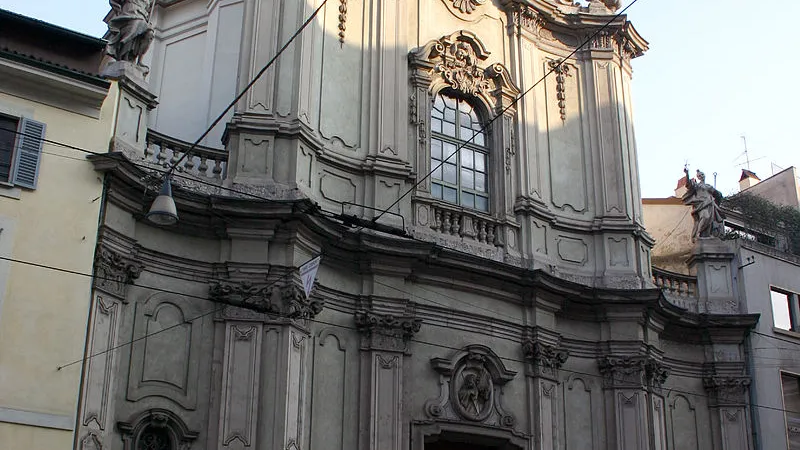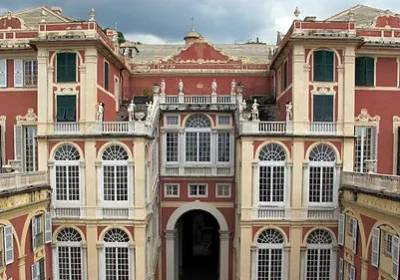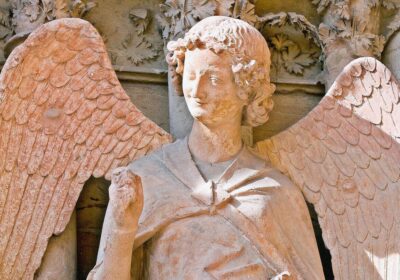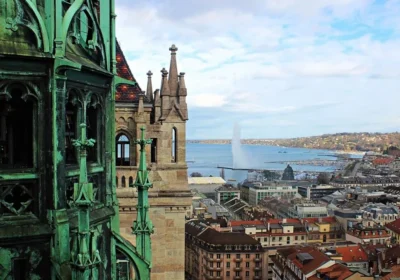Montenapoleone Street is not just about shopping
Montenapoleone Street is world-famous as the realm of haute couture. But behind the facades with their luxurious shop windows lies one of Milan’s most historically interesting neighbourhoods.
In Roman times, this was the site of the ancient city’s fortress walls. In the basements of the houses on the odd side of the street there are still traces of them.
In the 18th and 19th centuries this was an aristocratic quarter of Milan, just a stone’s throw from the La Scala theatre.
Hidden behind the austere facades of the houses are charming courtyards that you’ll be sure to visit.
The Church of San Francesco di Paola is a rare example of a single Rococo ensemble in Milan (1728). The church resembles a precious box with its curved and convex walls and the richness of its decoration.
The Poldi-Pezzoli Museum, based on a private collection, is one of the largest in Europe. Here, among many other masterpieces of painting, you can see Boticelli’s painting “The Lamentation of the Dead Christ”. Also large collections of jewellery, watches, Murano glass, porcelain, weapons.
Unique and unusual is the house-museum of the Bagatti Valsecchi family. The eccentric owners decided to turn their mansion into a complete copy of a Renaissance palace. All items (actually used) are authentic XV-XVI centuries.
Grand Hotel et de Milan is the most history-rich hotel in the city. This is where Giuseppe Verdi lived for 20 years and died. The first ever musical record was recorded here by the great Caruso. Many celebrities have passed through these luxurious rooms (some of which you will see). The two restaurants (each with its own terrace) and the hotel bar are among the most famous and prestigious in Milan.
Another symbol of Milan is the Caffè Cova patisserie, founded in 1817. Here they make the best panettone in the city, the sweet symbol of Milanese cuisine.

















